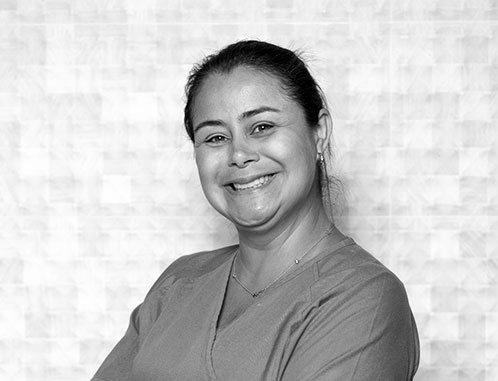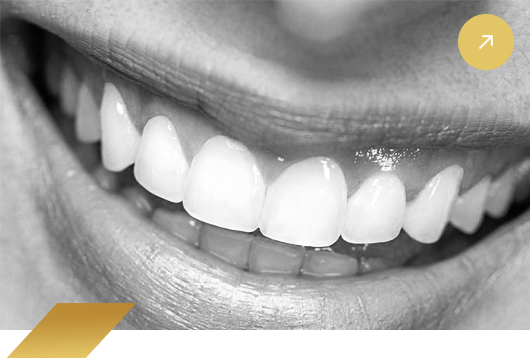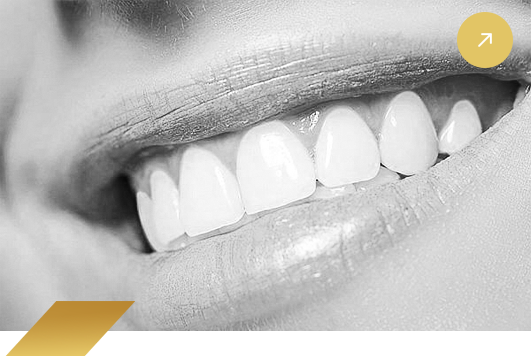Crown, Veneer onlay
Types of Dental Crowns
The type of ceramic crown and how it is made and used will depend on the objectives of treatment. Some porcelain crowns are dependent on bonding for their strength while others are cemented. All crowns are different and have their indications and limitations.
At TMProsthodontics we take pride in understanding the limitations and indications for each of the various types of crowns. We use some of the best dental laboratory technicians from around the world. Our work is unsurpassed for the quality and our clients are amazed with the fantastic changes to their smile. It is not unusual for crowns to last for 10-20 years, although some of our patients have had them for even longer, which is as close to permanent as dental treatment can get.
Porcelain Crowns:
Porcelain Crowns were developed to combat the aesthetic limitations of porcelain fused to metal crowns. Rather than a metal core to support the ceramic, the various types of ceramic crowns each have a different core supporting the overlay ceramic. The most commonly used porcelain crowns are Zirconia or Lithium Disilicate. These materials can be used layered or monolithic (with no ceramic covering). The monolithic crown is stronger than a layered crown, although it is not as aesthetically ideal.
Porcelain Fused To Metal Crowns:
Porcelain Fused to Metal Crowns were, historically, the most commonly used type of dental crown. They are still considered a viable or even a preferred option in many situations today such as in areas of great stress, in bruxers (grinders), and in areas where teeth are missing to support a missing tooth (bridge). A Porcelain Fused to Metal Crown has a core made out of a metal with a ceramic baked on top. Aesthtically, the metal blocks the light’s reflections and can create a shadowed line at the gum. This is also dependent of the ceramist as some ceramists can make Porcelain Fused to Metal crowns that appear as if they were ceramic.
Porcelain or ceramic by itself is very brittle. It requires support either from the tooth structure, such as with veneers, or a supporting core of some other material. This choice is generally based on cost, so metals that contain noble metals (Gold and Platinum) are going to be more expensive than those that do not. There are advantage to using noble metals. Gold, for example, is malleable and burnish-able and better long term. Many people have allergies to lesser metals, like nickle, and have to be careful what materials are used. In our office, we only use the highest grade of metal – (high noble) including gold and platinum.
Veneer Onlays:
Many of our patients present to our office in need of an occlusal improvement with existing natural teeth. Preparing all the teeth for crowns can be an aggressive and unnecessary avenue to address the issues. In fact, with today’s advances in Bonding Procedures, we rarely rely on crowns for management of occlusal problems due to their inherent requirement of aggressive tooth preparation. Veneer onlays are more than not utilized due to their less aggressive tooth preparation requirements and their conservative nature. This will lessen the trauma to the teeth and ultimately, when they need to be changed, there will be more tooth structure to work with..
How long does it take?
Fitting a dental crown or veneer onlays requires at least two office visits. On the first visit, we will address the decay, prepare and shape the tooth, and fit it with a temporary crown.
On the second visit we remove the temporary dental crown and replace it with the final crown. Once we cement the crown into place you will have a new beautiful looking tooth.
Veneer onlays actually take more time than a crown due to the bonding protocol associated with this type of restoration. Although they take longer at the provisional phase and cementation phase due to the need for complete isolation, special treatment of the tooth and the restoration, it is worth the effort due to it’s beauty and conservative process.
Gallery
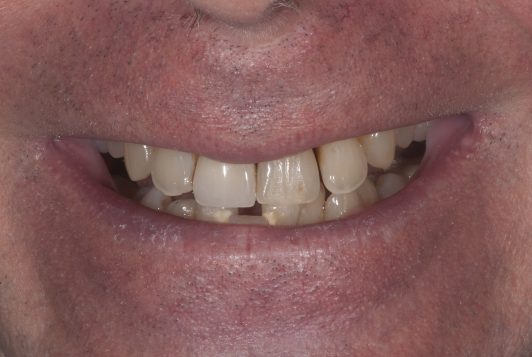
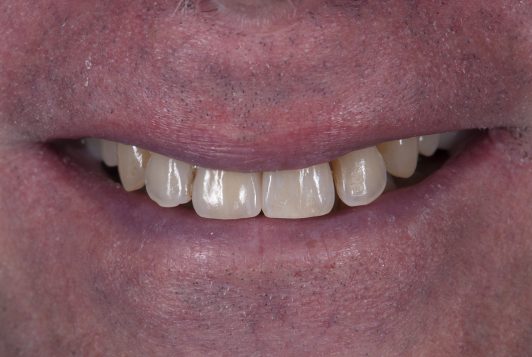
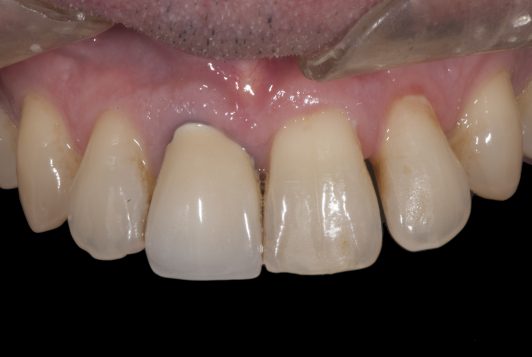
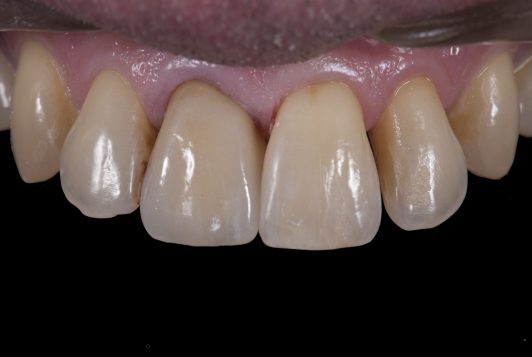
replacement of single central old crown with exposed margin
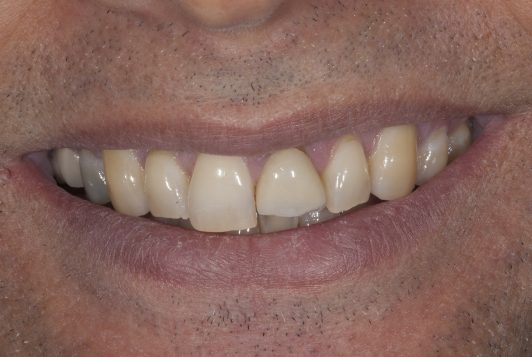
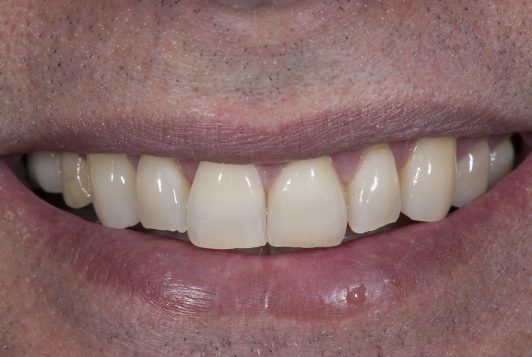
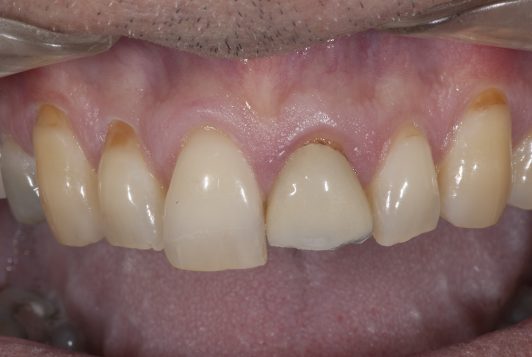
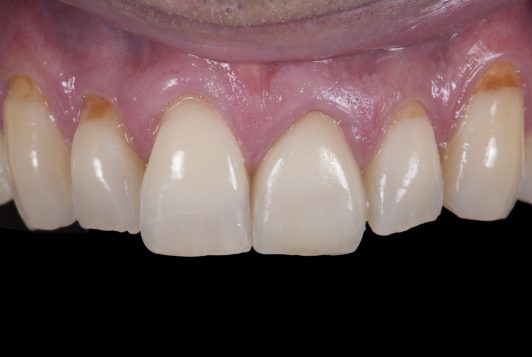
replacement of single central broken crown with exposed margin to a new all ceramic crown
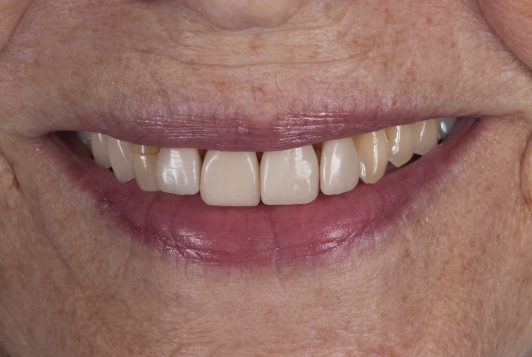
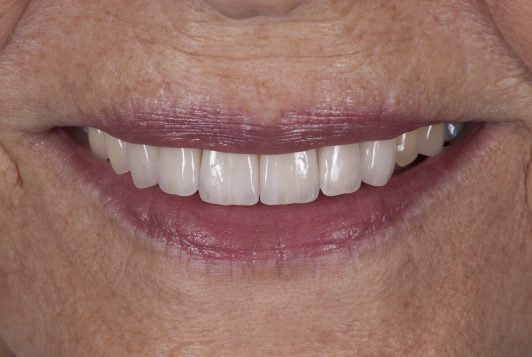
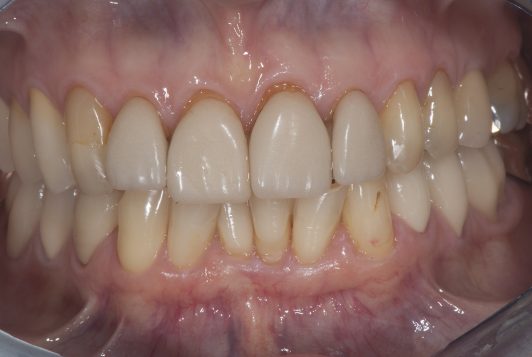
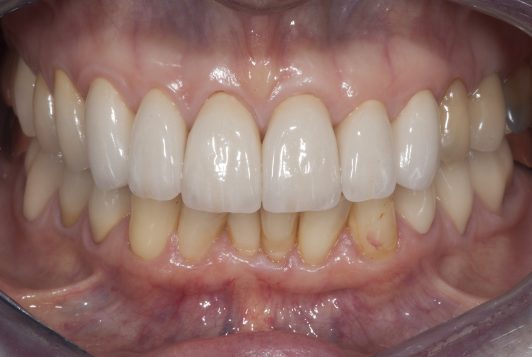
6 all ceramic crowns to replace old restorations
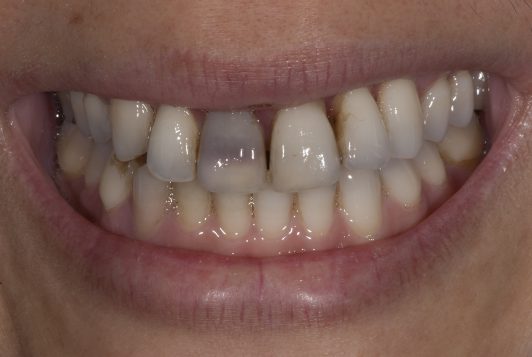
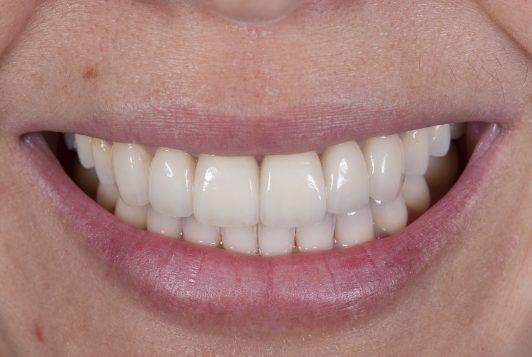
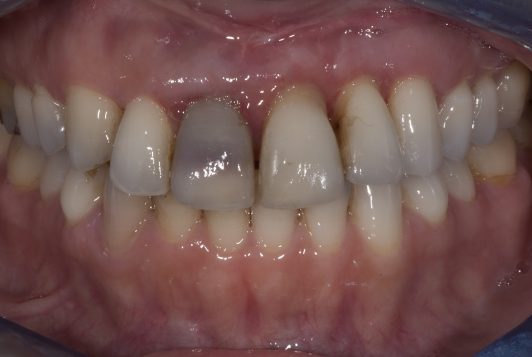
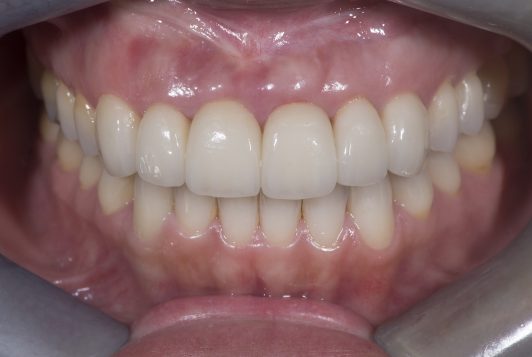
trauma case treated with orthodontics to reposition teeth and level gums and crowns and veneers to fix form and color
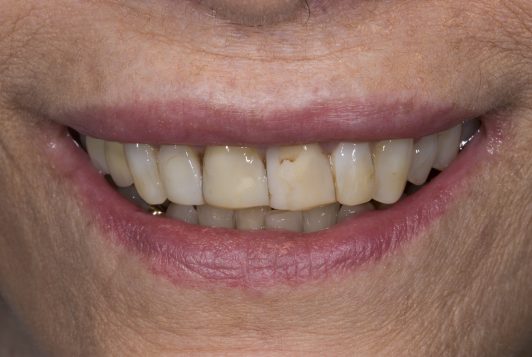
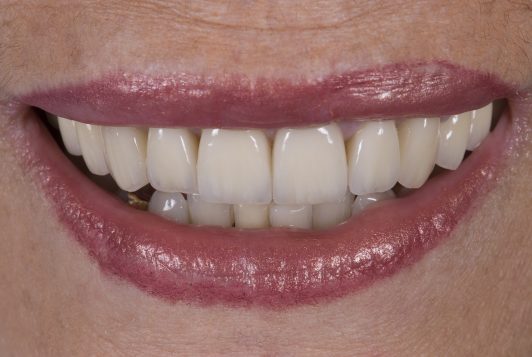
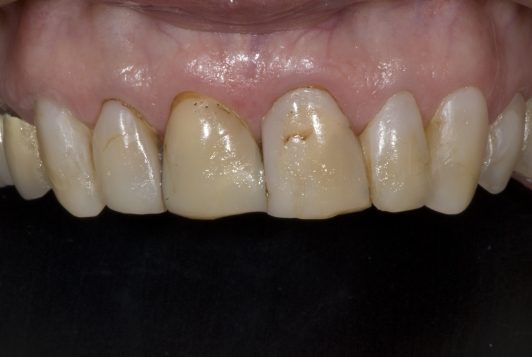
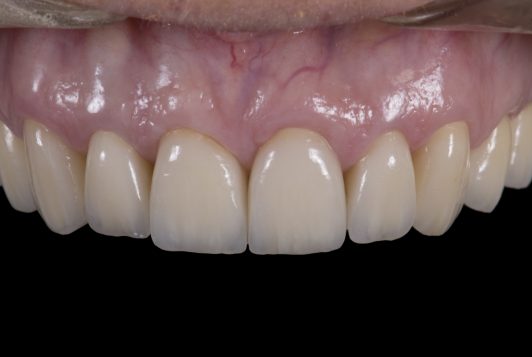
Upper rehabilitation to replace old restoations, improve esthetics and fix the bite
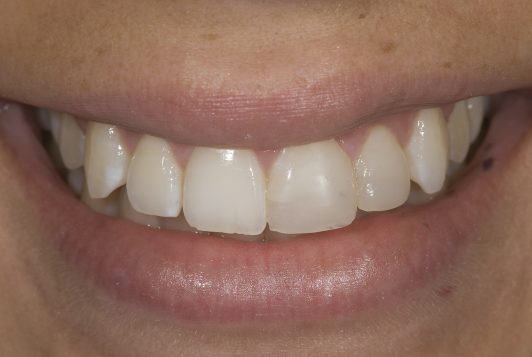
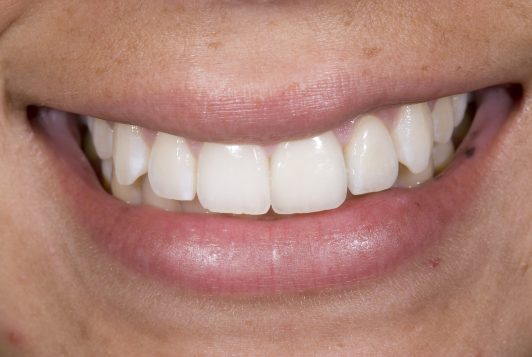
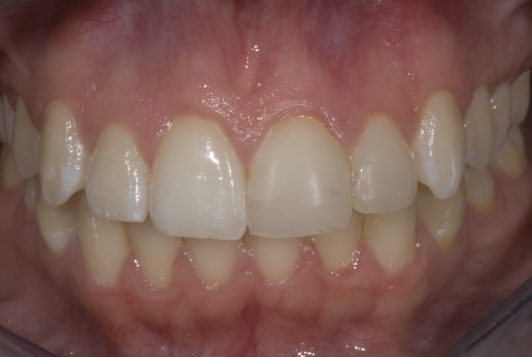
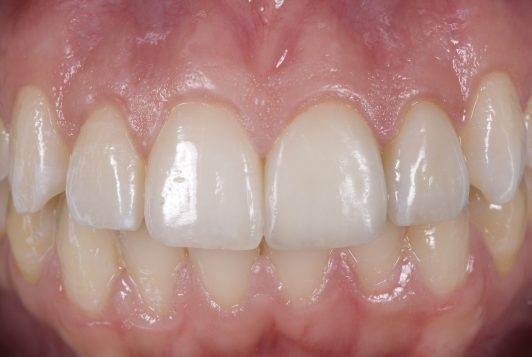
replacement upper left central and lateral incisor previous restorations with porcelain jacket crowns
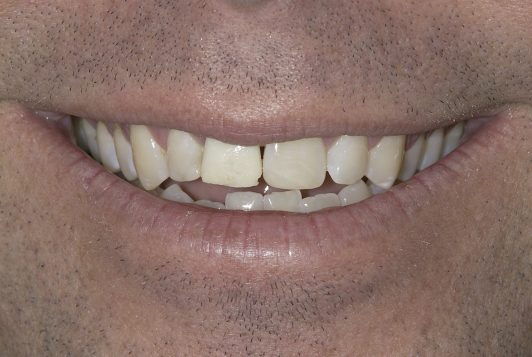
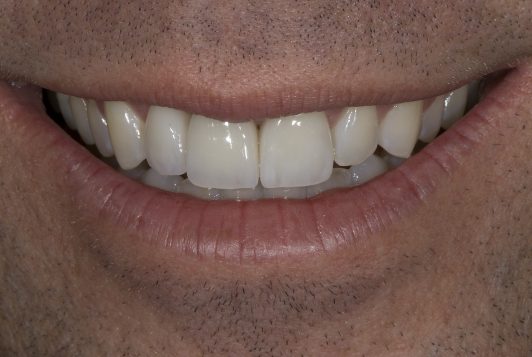
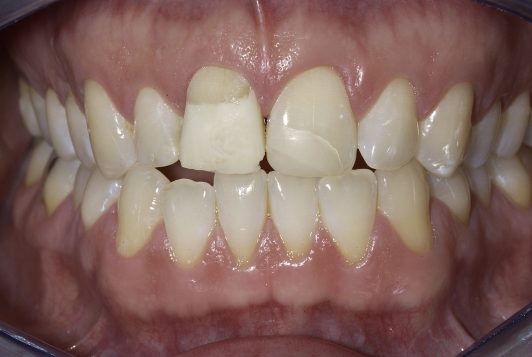
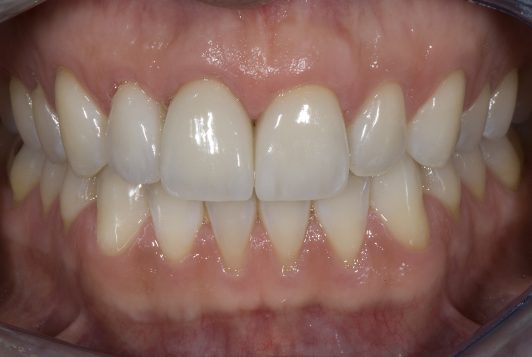
Crown and veneers after orthodontics to fix bite and improve esthetics


